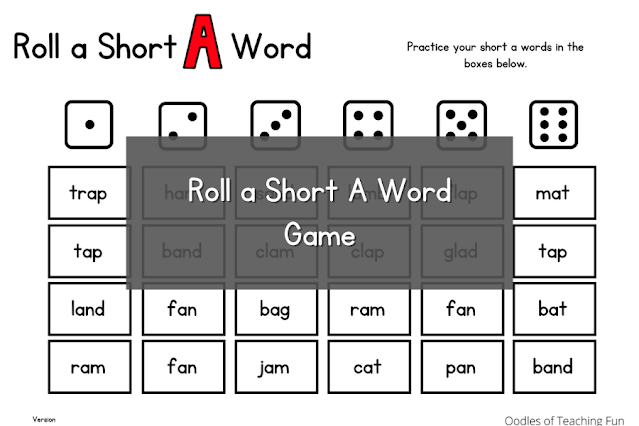A word ladder is a sequence of words that differ from the previous word by replacing some letter(s) in that word to make a new word. Word Ladders teach and reinforce letter patterns, phonics, and rhyming, through writing, reading, and repetition.
Word ladders help children learn to read word families.
For instance, let’s take the ‘at’ word family. Words within this word family are ‘that, cat, pat, mat, fat, rat, sat, at, bat, hat.’ Children learn the word ‘at’ and then use their phonics skills to sound out each of the other words within the ladder. The children can read up and down the ladder, quickly practicing the words within the word family.
Word Ladders help children limit phonetic frustration and help build phonics skills, spelling confidence, and self-esteem.
I use the word ladders below in two different ways. I print and laminate the pages to put in centers so students can practice their ladders. I also place an Ipad in the center to record themselves reading up and down their ladder. I use the recording to check for understanding or send it to parents/guardians.
I also used the word ladders in the whole group. I project the word ladder on the board. Students have their whiteboards and expo markers. We read the first word together. Then I tell the students to write what they believe the next word is on their whiteboard. I ask everyone to show me their whiteboards to see who understands and who doesn’t. Then I call on a volunteer to either tell me what letter to change or ask them to come up to the whiteboard and change it for me.
You could also use them as independent work, small groups, home practice, really whatever way you feel is best for your class or child.
Other Word Ladder Resources: (More will be added each month)
Like this:
Like Loading...


















 JavaScript is currently disabled in this browser. Reactivate it to view this content.
JavaScript is currently disabled in this browser. Reactivate it to view this content.